
Hunts
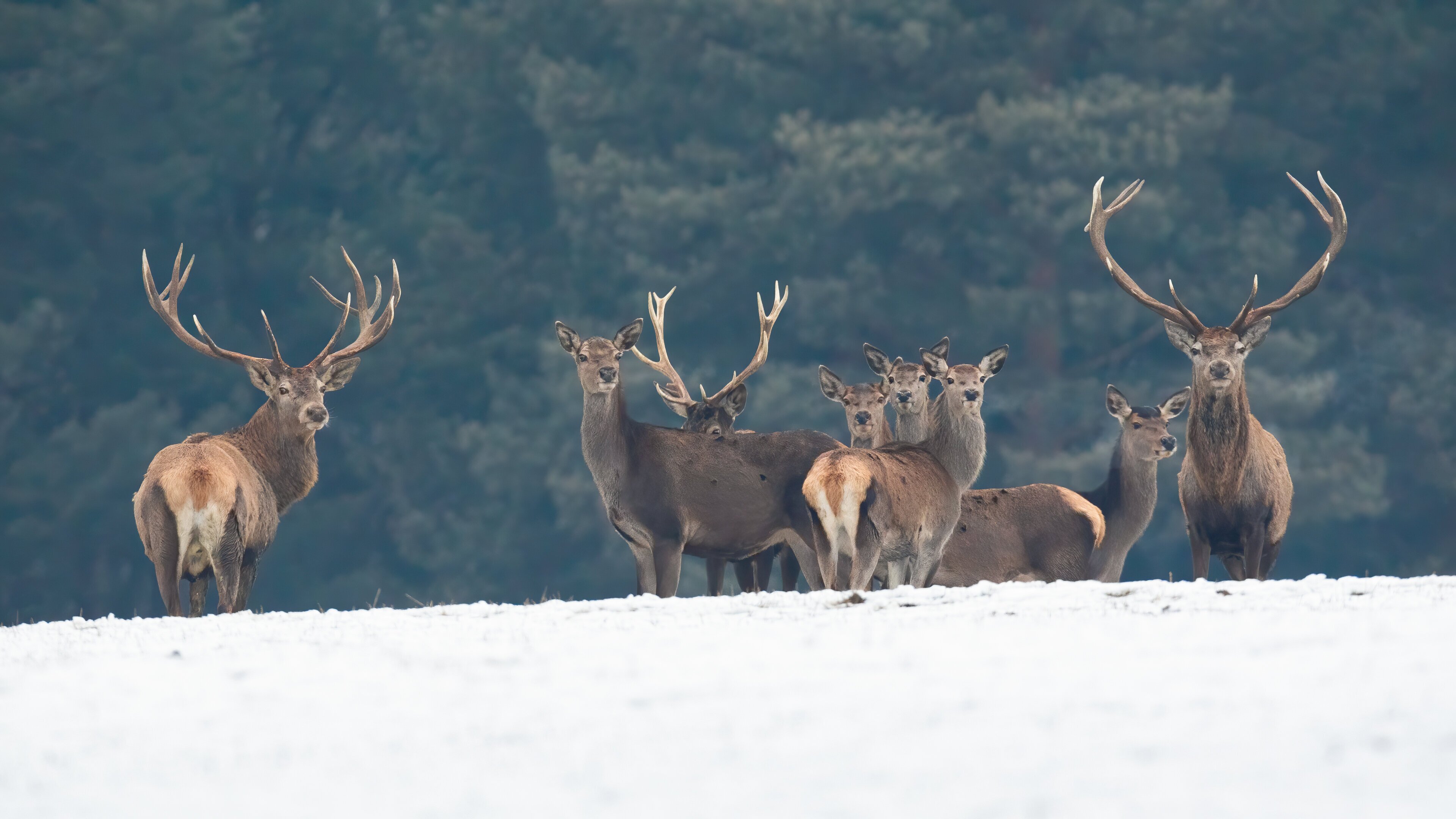
Red deer in winter
Winter hunting for deer typically occurs in places where they go in search of food. During the winter season, the fur of these animals takes on a dark silvery shade, adding to the beauty of the hunting experience.
However, hunting deer is far from straightforward; it demands a great deal of patience and hunting skills because they are extremely cautious and possess exceptional senses.
These creatures often swiftly move towards the center of a meadow, maintaining a safe distance from densely vegetated areas where potential danger, such as a hunter, might be concealed. Furthermore, they have exceptional perception and, as previously mentioned, can detect even the slightest movement from a great distance and sometimes instinctively sense the presence of a human.
Hunting period
December 1st - January 31st
Biology
Deer are commonly found in extensive coniferous forests and higher-altitude agricultural landscapes. They also inhabit deciduous and mixed forests at lower altitudes with open spaces. In the forests, they prefer locations where plant life is abundant thanks to sunlight, such as clearings and forest meadows.
Their diet composition varies depending on the season. Throughout the year, deer primarily consume a large quantity of grasses and herbs, which they graze on in forest clearings, along paths, and around the forest. In the autumn, they feed on acorns, beech mast, apples, and other tree fruits. During the winter, they nibble on soft deciduous trees and are known to venture into fields in search of food.
.jpg?locale=en)

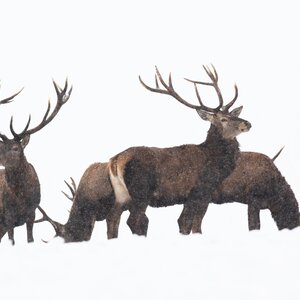
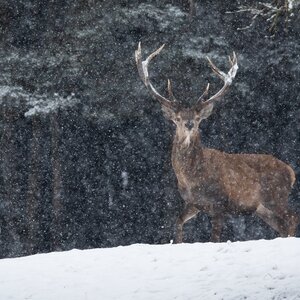
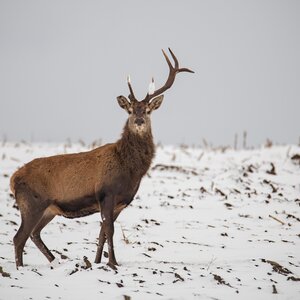
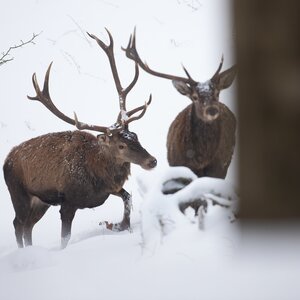
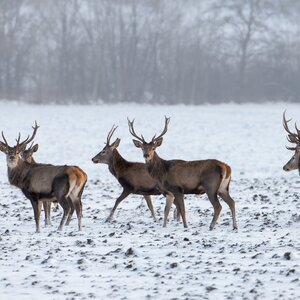
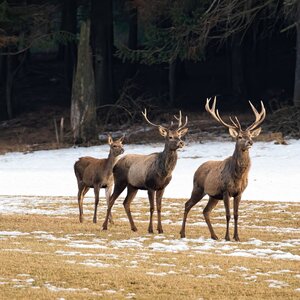
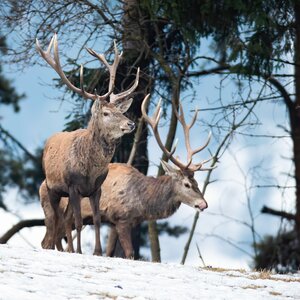
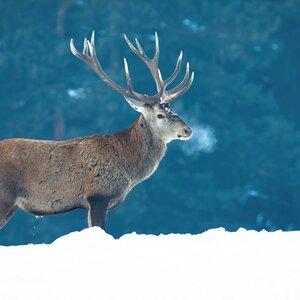
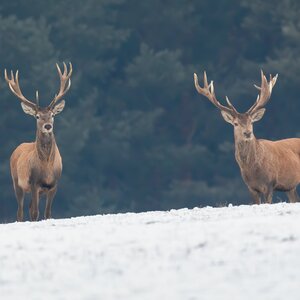
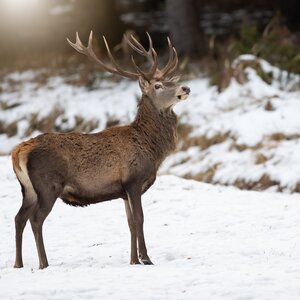

.jpeg?locale=en)


.jpg?locale=en)